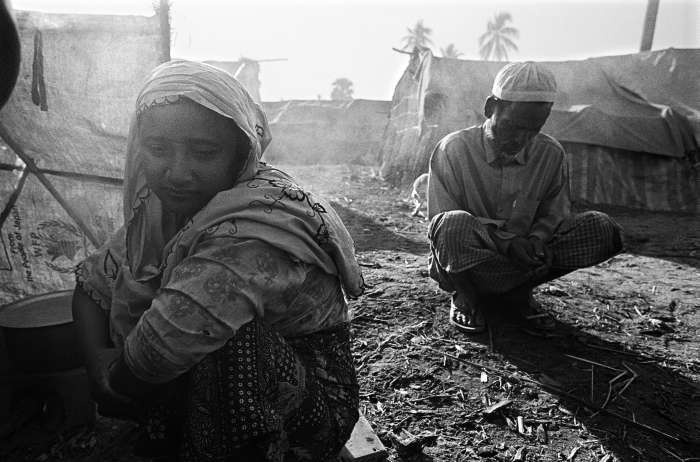January 23, 2014

The latest issue (February 3) of The New Republic includes a major article devoted to the plight of Burma’s Rohingya minority, one of the world’s most persecuted and endangered peoples. In “A Countryside of Concentration Camps: Burma Could be the Site of the World's Next Genocide,” correspondent Graeme Wood provides a vivid account of his recent trip to Burma, which he undertook with support from the Museum’s Center for the Prevention of Genocide.
Based on his travels in Arakan State, where the Muslim Rohingya live, Wood describes the terrifying violence that they suffered at the hands of their Buddhist neighbors in 2012, and the desperate conditions in the camps and segregated communities to which they are currently confined. Wood also recounts the religious and racist hatred the Rohingya endure not only in Arakan, but throughout Burma. In the past year, a vitriolic anti-Muslim hate speech campaign led by Buddhist monks has helped to inflame violence against non-Rohingya Muslims residing in other parts of the country. Wood examines possible explanations for the failure of Burma’s democracy leader Aung San Suu Kyi to speak out against the violence. And he concludes that if the current treatment of the Rohingya continues, Burma is threatened with long-term and escalating sectarian violence and maybe even genocide.
The Museum has expressed concern about the warning signs for genocide now evident in Burma, and is working to draw greater attention to the plight of the Rohingya. In addition to supporting Wood’s reporting trip to Burma, we issued a statement of concern last September, and as part of FotoWeekDC in November, we mounted the outdoor nighttime exhibit “Our Walls Bear Witness: The Plight of Burma’s Rohingya.” This display featured building-size photographs of the Rohingya taken by prize-winning photographer Greg Constantine projected onto the exterior walls of the Museum. You can see some of Constantine’s photographs and read more about the exhibit here.
View All Blog Posts